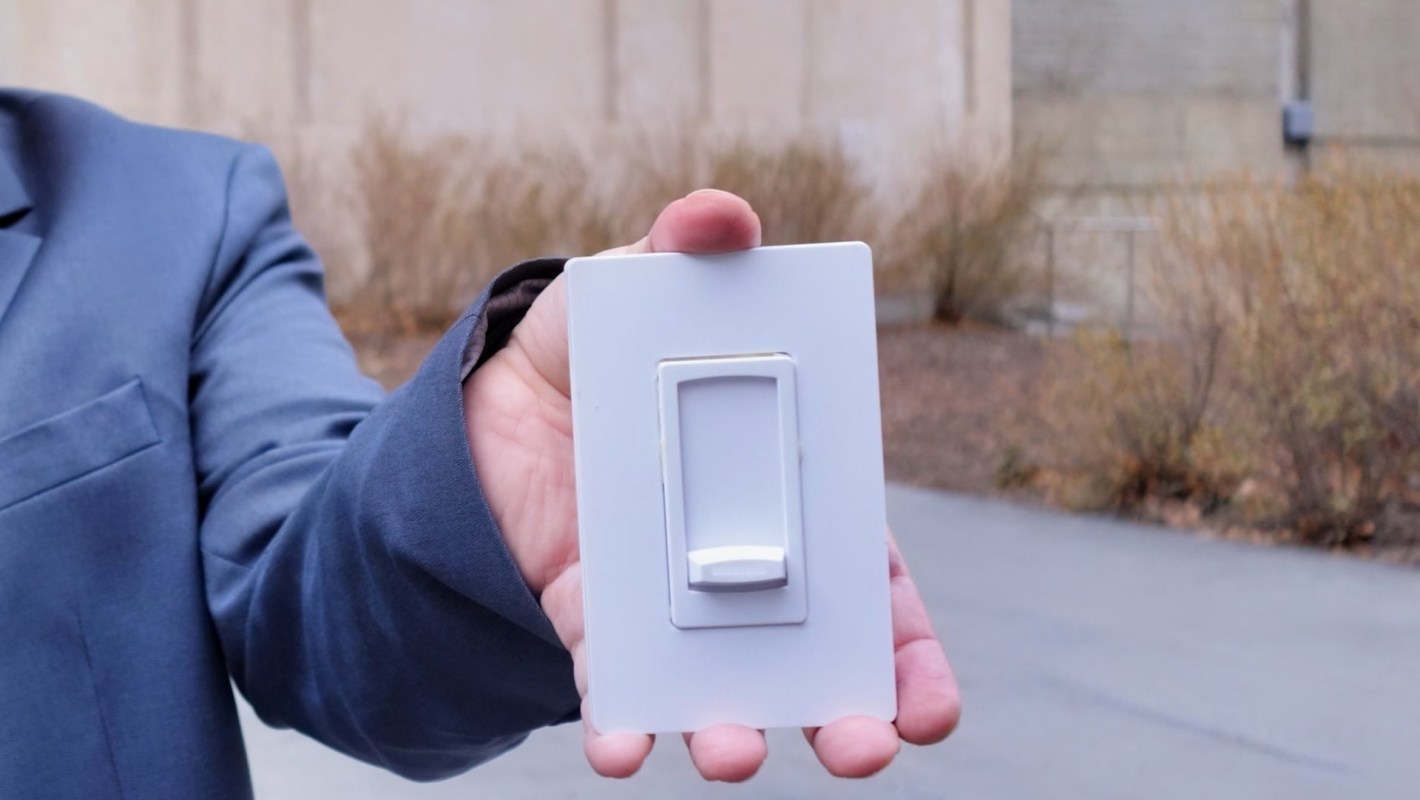A researcher at the University of Alberta in Edmonton, Alberta, Canada, may have just invented a feature that will make homes more affordable, more energy efficient, and use less raw material.
Kambiz Moez, Director of Electrical Engineering in the Department of Electrical and Computer Engineering, has developed a wireless light switch that, unlike other wireless light switches, doesn't need a battery. Instead, the switches that Moez developed run by harvesting energy from ambient sources like radio frequency signals.
In the house imagined by Moez, each floor would have one or two radio frequency power transmitters that would power all the switches.
Installing these light switches in a new home could drastically reduce the labor and materials needed to install the electrical system. That not only makes it cheaper to build and to buy, but it also decreases the amount of dirty energy needed to produce the materials, like the mining of copper to make the wire or making the synthetic rubber that coats the wire.
Moez says he developed a prototype for less than a dollar and says the system is "scalable, easy to replicate and adopt, and can be customized to meet the specific needs of homeowners, contractors, and regulators."
But Moez goes way beyond a wireless and battery-less light switch. What he describes is a futuristic home that maximizes efficiency and minimizes energy usage. He says the system could use sensors to detect temperature, humidity, and occupancy and automatically adjust accordingly.
"Imagine heating a 3,000-square-foot house, but you're only using a room at any given time," Moez said in a report by the university. "If your house has wirelessly controlled vents, you can close the vents outside that room, or maybe a couple of bedrooms."
Moez says the system could also turn lights on and off as someone goes from room to room.
The system would continue to save the homeowner money by reducing their energy bills and cut down on carbon pollution by reducing the use of unnecessary energy.
"By enabling the wireless control of each section of homes," Moez said, "our solution prevents unnecessary use of energy, which in turn lowers energy bills and reduces carbon emissions."
Moez's system is just one way that homes built in the future could cut down on bills and energy usage.
A group of students at the University of Wyoming teamed up with a couple of faculty advisors to build a groundbreaking net-zero energy house. The house features solar panels and a heat pump and was positioned to keep it warm in the winter months, with windows placed specifically to allow the sun's warmth to enter the home.
Another home, built in California by two architectural firms, also uses solar panels and building positioning to maximize the sun's light.
But both of those homes would be out of the price range for most people. Moez's system, when ready for widespread use, would likely be more readily available. For now, Moez and his team are still in the proof-of-concept stage.
Join our free newsletter for weekly updates on the coolest innovations improving our lives and saving our planet.









